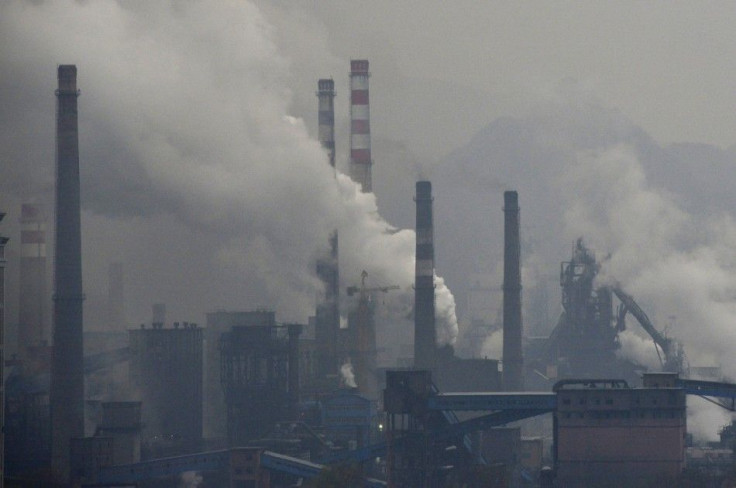American Researchers: Artificial Photosynthesis System May Help Clean Greenhouse Gases

A team of researchers from the Berkeley National Laboratory and University of California has proven that carbon emission can put into good use as well. The researchers have devised a novel way to convert the unwanted carbon emissions into useful products, including biodegradable plastic, liquid fuel and pharmaceutical products.
During the research, the team made use of semiconducting nanowires and a bacteria to mimic the functions performed by the plants during the photosynthesis process. During photosynthesis, plants use solar energy to convert water and carbon dioxide into carbohydrates.
Similarly, the researchers let nano wires harness solar energy and direct the electrons to the bacteria. The microorganisms then reduce the carbon dioxide, which gets combined with water to produce acetate. The resulting acetate is known as a common building block for production of plenty of other value-added products.
“We believe our system is a revolutionary leap forward in the field of artificial photosynthesis. Our system has the potential to fundamentally change the chemical and oil industry in that we can produce chemicals and fuels in a totally renewable way, rather than extracting them from deep below the ground,” said chemist and lead researcher Peidong Yang, reported Techie News.
The artificial photosynthesis system seems promising for the future since the accumulated carbon dioxide in the environment can be put into good use with the help of this technique. Reportedly, the atmospheric carbon dioxide level is at its peak in the last three million years, adding on to the need to enforce a technique to reduce the level of carbon emissions.
“We are currently working on our second generation system which has a solar-to-chemical conversion efficiency of three-percent. Once we can reach a conversion efficiency of 10-percent in a cost effective manner, the technology should be commercially viable,” said Yang, reported New Hampshire Voice.
To report a problem or to leave a feedback on the article, send an e-mail to emailtoguneet@gmail.com.






